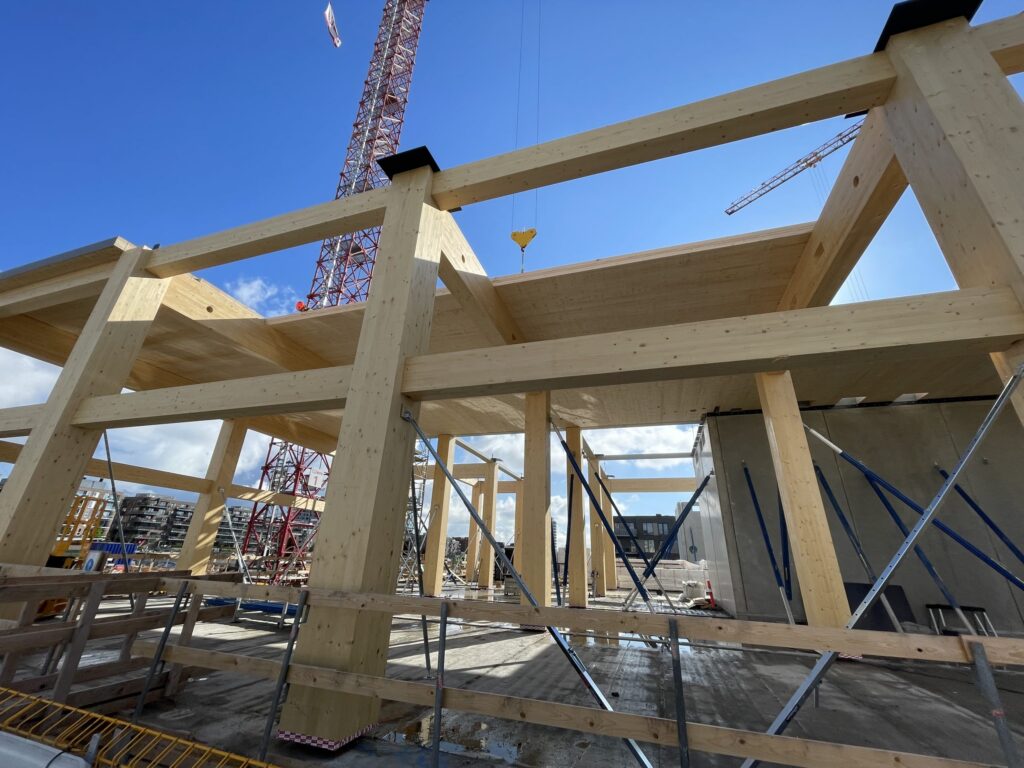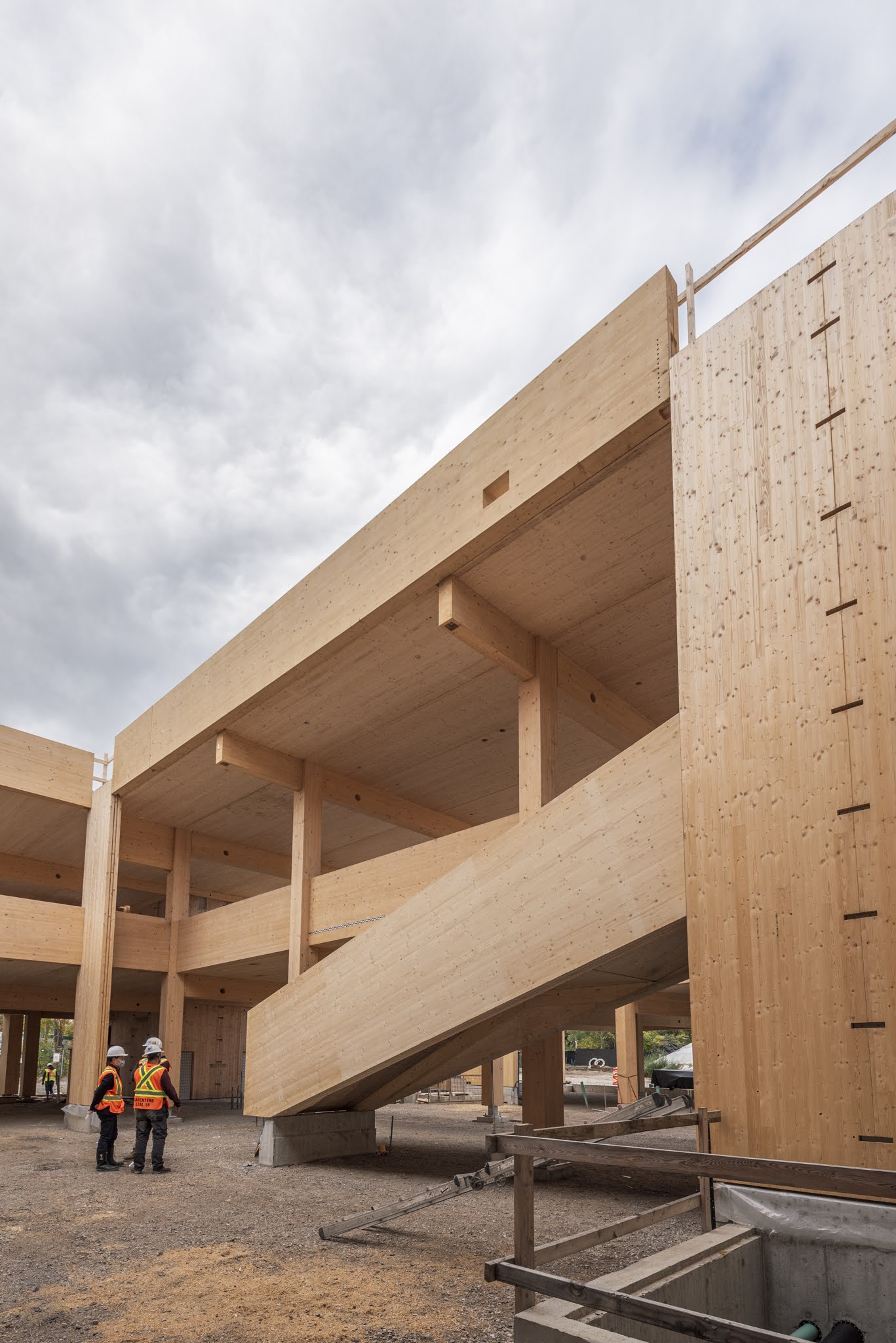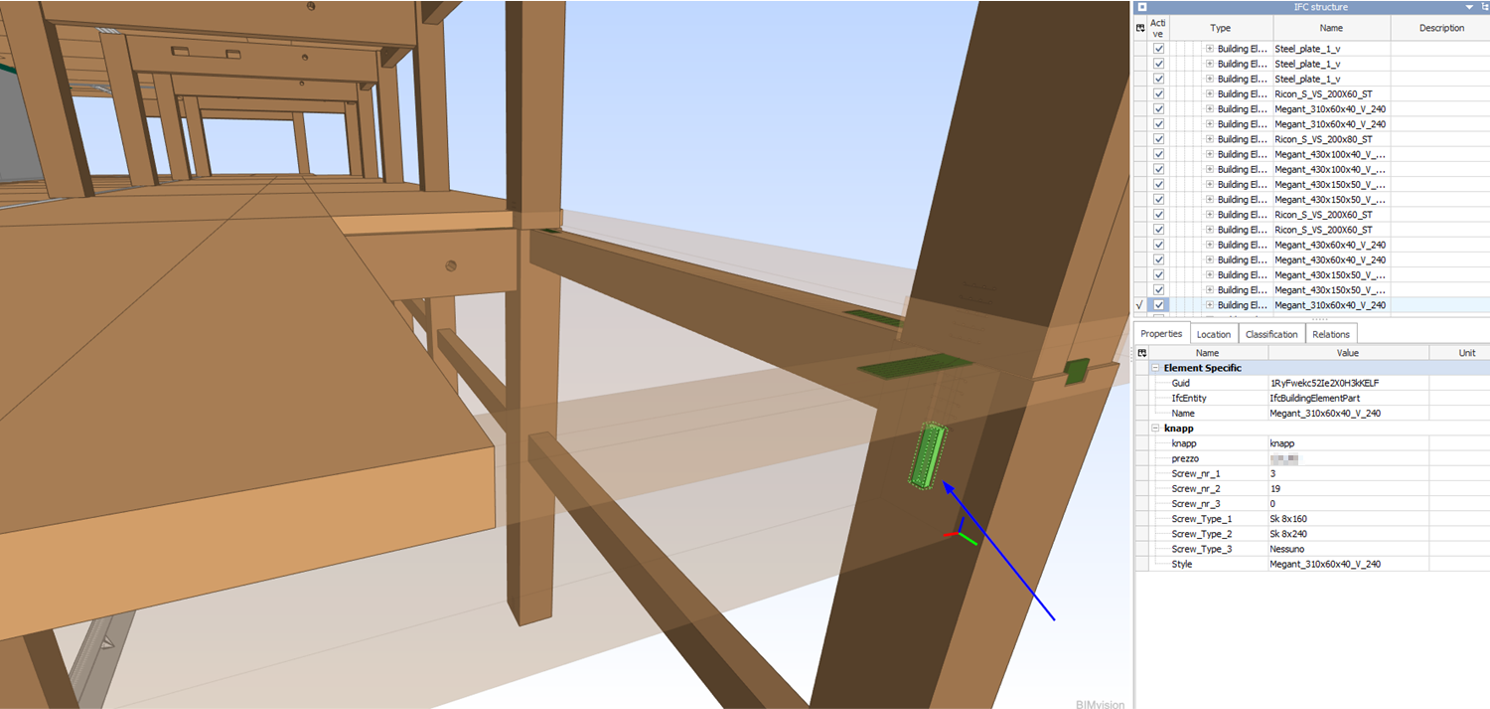The best time to involve a timber engineer is at the beginning of the project; the second-best time to involve a timber engineer is now; the worst time to involve him/her is at the end of the project.
This proverb, modified and contextualized by us, takes its cue from an old African proverb related to time and tree planting. We have repeatedly used it to convey the importance of acting as early as possible when it comes to important tasks.
Involving an experienced timber engineer from the earliest stage of a project is one of those important things.
Timber engineer is a totally new figure when it comes to the construction industry but has become incredibly in demand as mass timber is becoming more and more present in new structures given its characteristics. What characterizes an experienced timber engineer is the cross-cutting skill set required to properly design timber and to make it the best material to go for. These requested skills, most of the time, are strongly influenced not only by the engineer’s years of experience but also by their diverse expertise across various sectors, areas, and project sizes.

In fact, Timber engineers cannot be simply defined as structural engineers and are not just confined to the realms of traditional architectural projects. Their skills and knowledge transcend various sectors from structural calculation to building physics, acoustics, sustainability, etc.
At this point, quoting another famous saying, we can delve into the role and responsibilities of the timber engineer.
With great power comes great responsibility.
Having set the stage for the crucial role of timber engineering, let’s explore three compelling reasons why involving a timber engineer into your project is a strategic move for any project.
Value Engineering
Value engineering in mass timber projects cannot simply be reduced to a reduction in the amount of material or cost cuts. A thorough examination of the structure including a meticulous comparison of various solutions, considering aspects like production, time, transport, and installation is essential.
This process undoubtedly requires a holistic approach that seeks to optimize the project’s value by balancing different aspects such as cost, quality, functionality, and sustainability. Timber engineers play a crucial role in this process, employing their specialized knowledge to make strategic decisions that enhance the overall value of a project.
If you want to deepen more into value engineering, we have a specific section on our website with more information and insights. Furthermore, on our portfolio you can delve into all Ergodomus’ projects where our Value Engineering services that made timber the most cost-effective material to go for.
Structural Optimization
Timber engineers skilfully customize the structural design of projects, focusing on optimizing the use of materials for both efficiency and cost-effectiveness. They focus on the strategic utilization of timber, ensuring the structure achieves its maximum potential in terms of strength and stability, without unnecessary material excess.
This involves a careful consideration of various important factors:
- type and quality of timber used,
- specific structural requirements of the project,
- environmental conditions it will face.
- logistics such as the transportation over oceans
- construction site characteristics
- architectural specific needs
- material availability in the market
- off-site vs on-site
Their expertise allows for a design that not only meets the necessary structural standards but also reduces waste and maximizes the functional use of every timber element. This tailored approach contributes significantly to the overall sustainability and performance of the structure.

Detailing
At this level, the timber engineer’s work, which goes beyond calculations and structural analysis, is focused on creating detailed 3D models up to LOD 400. These models offer a comprehensive view of every structural element and connection, crucial for the manufacturing process as they enable prefabrication of components, leading to significant time and cost savings on-site.

The details in the 3D model are essential for understanding and planning the production phase, transportation, and assembly of timber structures. This ensures efficiency and alignment with the project timeline. Additionally, they provide clear visualization permitting the identification and resolution of potential issues, thereby streamlining the construction process.
The ability to process such detailed models and, more particularly, work with such small but decisive details is essential to consider a timber engineer a real expert in timber constructions.
If you want to deepen more into details and their roles in timber engineering, we wrote a specific article with more information and insights. Moreover, also LODs (with a focus on insights and challenges) have been a topic of one of our latest articles.
In this first part of the article we have given you more than one good reason to answer the main question “Why (and when) You Should Involve a Timber Engineer” positively. But if they were not enough or if you want to find out more capabilities of the timber engineer, by clicking on the button below you can read the “Part 2” of this article where we will go more in-depth on three more reasons why the timber engineer is the specialist you need on your project.